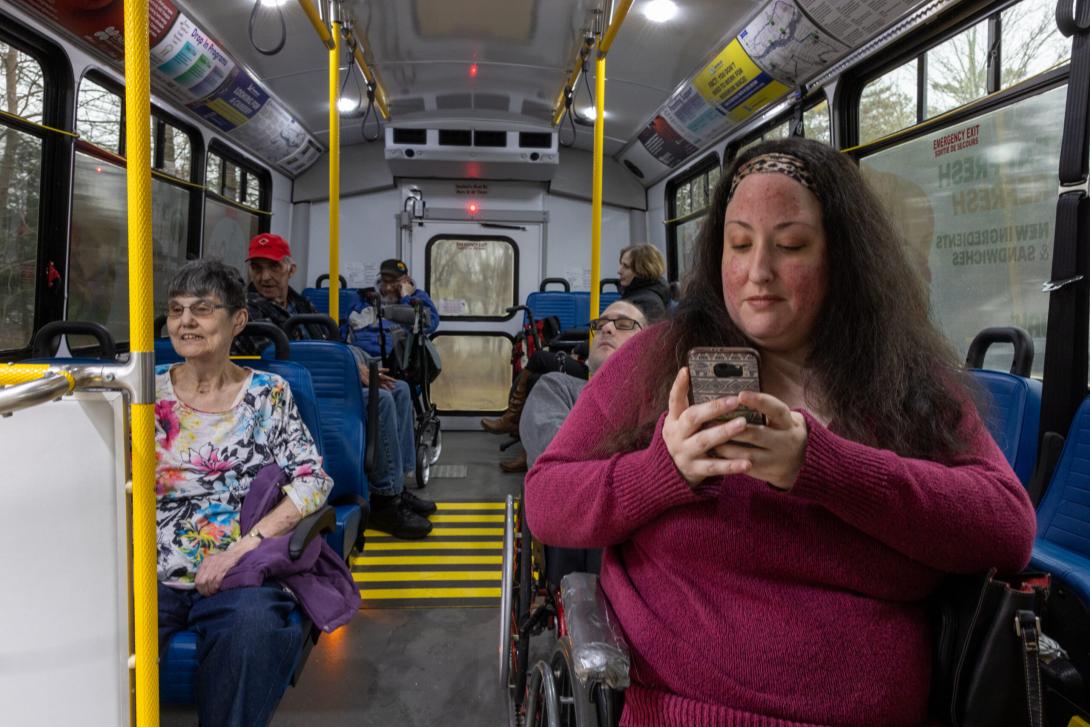Accessibility is a human right required under legislation. When everyone has equitable access, everyone can flourish.
The Accessibility Act
In 2017, government passed the Nova Scotia Accessibility Act. It outlines the steps we have to take as a province to make sure every Nova Scotian can fully participate in our society.
The Accessibility Act aligns with the 2006 United Nations Convention on the Rights of Persons with Disabilities, which recognizes accessibility as a human right.
Nova Scotia is aiming to become an accessible province by 2030. We’ll achieve our goal by preventing and removing barriers and improving policies, services, and programs. We’re working with people with disabilities, the public and private sectors, and other stakeholders to develop accessibility initiatives and standards.
This goal can’t succeed without a cultural shift in our province. This change will require collaboration, innovation and transformation among government organizations, public and private sectors, communities and all Nova Scotians.
Learn more: Accessibility Act

Accessibility Directorate
The Accessibility Directorate is a part of the Department of Justice. It works collaboratively to advance Nova Scotia’s accessibility commitments and priorities.
Learn more: Accessibility Directorate
Creating accessibility standards
Accessibility standards are rules and guidelines for improving accessibility and participation in everyday life for Nova Scotians with disabilities. They provide direction and consistency for educational institutions, businesses, communities and government organizations.
Government is working to develop and implement accessibility standards in these areas by 2030:
- built environment
- education
- employment
- goods and services
- information and communication
- public transportation and transportation infrastructure
Learn more: Accessibility Standards

Government’s Accessibility Plan
The Government of Nova Scotia is committed to leading by example by being accessible in how we work, do business, and provide services to Nova Scotians. Working with government departments, employees with disabilities and input from Nova Scotians, we’ve developed an accessibility plan for government.
Learn more: Government’s Accessibility Plan
